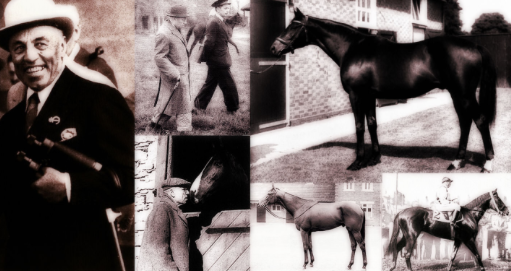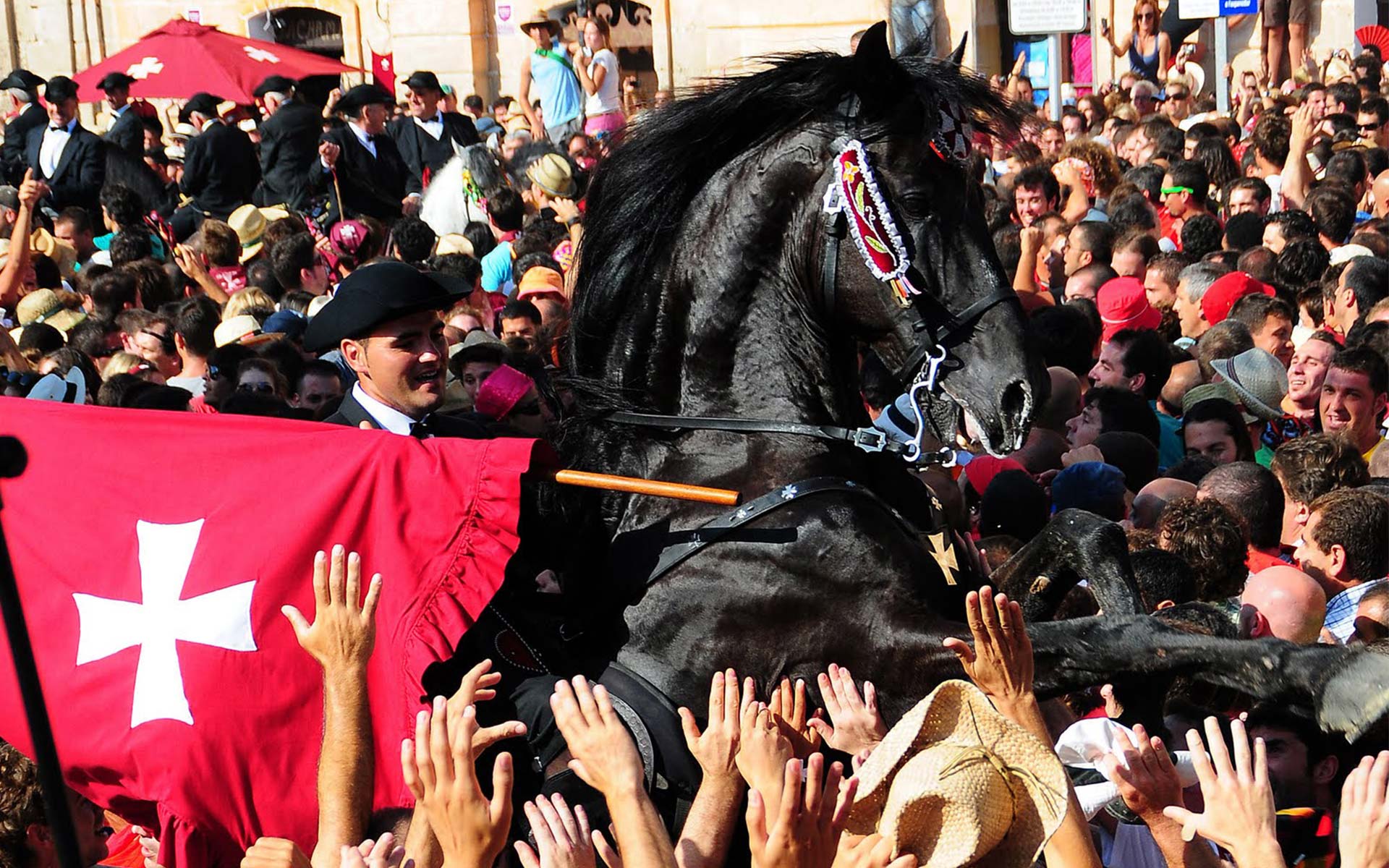The rules of polo
Il Polo è uno sport di squadra che coinvolge due squadre, ciascuna composta da quattro giocatori a cavallo, con l’obiettivo di segnare il maggior numero di goal nella porta avversaria. Le partite si svolgono su un campo in erba che può essere fino a quattro volte più grande di un campo da calcio.
Each player, called a knight or horsewoman, is evaluated based on their abilities through a handicap system (hp), ranging from -2 to 10. This score is determined according to the specific criteria of each national federation. The game is supervised by two umpires on horseback and a referee, who is located in a central tower and intervenes in the event of a disagreement between the umpires on the field.
The playing field varies in length between 230 and 275 metres and in width between 146 and 180 metres. The goals, 8 metres wide, consist of two 3-metre-high posts made of lightweight materials to prevent injury to horses and riders. The ball, made of wood and with a maximum diameter of 9 cm, weighs approximately 130 grams.
The aim of the game is to score as many goals as possible. A goal is scored whenever a player pushes the ball between the goalposts. To ensure fairness, the teams switch sides of the field each time a goal is scored. Matches last from four to eight periods, called “chukkers”, each lasting 7 minutes of actual playing time, with intervals of between 3 and 5 minutes to allow players to change horses. The end of each period is signalled by the sound of a bell or horn. If the ball is still in play when the bell or horn sounds, play may continue for another 30 seconds, ending with the sound of the bell or horn, unless a situation arises that interrupts play, such as a goal or a foul.
If the score is tied at the end of regulation time, the match continues until one team scores a goal. Given that polo is a potentially dangerous sport, there are specific rules to ensure the safety of riders and horses during the game, preventing accidents and promoting compliance with the rules.
Fouls are severely punished, with a free throw awarded to the opposing team at the point where the foul occurred. After the ball is thrown, an imaginary line is created that players cannot cross. Only the player who threw the ball, and those following his line, have the right to possess it and, consequently, have priority over other players. It is forbidden to knock down or trip a horse, and other actions such as attempting to take the ball by passing the stick under the horse’s neck or hooking an opponent’s stick while they are not in the act of shooting are severely punished. Zigzagging in front of an opponent is also prohibited.
All other behaviour that does not respect the spirit of sportsmanship, such as overly aggressive marking, foul play and intimidation, is considered a violation of the rules. The rules of polo are similar to those of football, but with one fundamental difference: there is no offside in polo. If a player falls off his horse, he cannot return to the game. During the match, external assistance is allowed to change horses, majestically without stopping the game, as is the case when changing sticks or horse harnesses.
Categories
Recent Posts
All the articles
HORSE RACING: Federico Tesio, the genius who changed racing forever Anyone who loves horse racing cannot ignore the name Federico Tesio. He …
ATTACCHI: dall’eleganza nobile alla scoperta del territorio The discipline of driving horse-drawn carriages has its roots in the era of grand …
Menorca, land of horses: the Menorquín and a timeless equestrian tradition Menorca is not just crystal clear sea, Mediterranean wind, and unspoiled …



